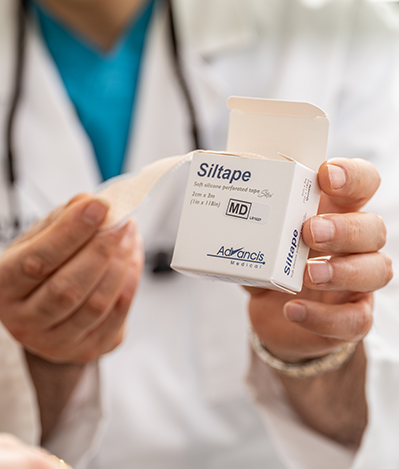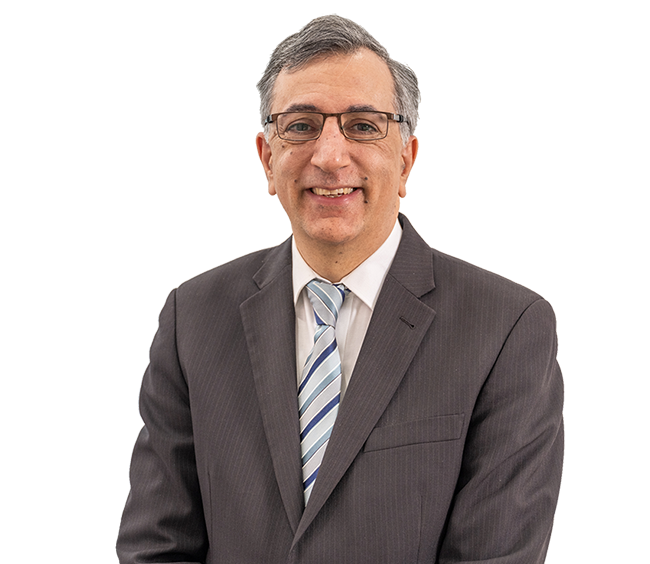Procedure Spotlight
- Hand conditions are an area of special interest to Dr Safvat
- Ganglions are usually not painful but as they enlarge they may start to stretch nerves or tendons, distort the nail and cause discomfort/concern.
- Ganglions typically occur around the back of the wrist (70%), the front of the wrist (15%), the end joint of the fingers/thumb (10%) or the base of the fingers (<10%).
- For larger and more troublesome ganglions, the treatment of choice is surgical removal
Ganglions (sometimes called ganglion or synovial cysts) are common lumps that appear on the fingers, hand or wrist. They are herniation of the lubricating fluid (synovial fluid) in the joint or around the tendons, through a small defect that acts as a one-way valve. The fluid then becomes thick and gelatinous (mucoid degeneration) as the lump enlarges.
Ganglions are usually not painful but as they enlarge they may start to stretch nerves or tendons, distort the nail and cause discomfort/concern. They may also become quite unsightly. Ganglions may rupture spontaneously and shrink/disappear for a while before re-appearing again. This is the source of the old fashioned treatment of “hitting it with the Bible” to rupture it and temporarily fixing it!
They typically occur around the back of the wrist (70%), the front of the wrist (15%), the end joint of the fingers/thumb (10%) or the base of the fingers (<10%).

Technique
The good news is that we don’t hit them with the Bible anymore! Some ganglion cysts disappear spontaneously and others may be small and not troubling the patients. These do not need surgical treatment.
For larger and more troublesome ganglions, the treatment of choice is surgical removal, although injection of steroid into the ganglion can be a temporary alternative. The procedure is performed in an accredited hospital in Sydney under a light general anaesthetic or local anaesthetic. Surgery aims to remove the ganglion as well as the one way valve (tendon/joint defect) from which the ganglion arises.

Recovery
The procedure is done as a day-only procedure without the need to stay overnight in a hospital. The hand and wrist are usually wrapped in a splint and bandages, and patients are discharged with a sling to elevate their hand. The dressing needs to stay dry and intact for two weeks, after which Dr Safvat will remove it at your follow-up appointment. Most patients do not need hand therapy but for those who need this, it will be organised after the dressings are removed.
Most patients do not need hand therapy but for those who need this, it will be organised after the dressings are removed.

Preparation
It is best for patients to be in good general health prior to surgery. Dr Safvat also requests patients to stop smoking 3 weeks prior to the surgery.
Scars
There is no way to prevent scars completely after surgery and everyone can scar differently. However, the techniques Dr Safvat uses to suture his wounds are designed to minimise scarring. What’s more, any scarring will fade over time, especially if they are cared for correctly.
Dr Safvat will provide you with his specific protocol for scar management that will help you protect and care for your incisions in a way that will minimise scarring. Patients who have followed Dr Safvat’s protocol for scar management diligently have been very pleased with their progress in reducing and fading of scars.
Dr Safvat will provide you with his specific protocol for scar management that will help you protect and care for your incisions in a way that will minimise scarring.

Complications
While all care and diligence is taken by Dr Safvat to minimise or avoid complications, any surgical procedure can be associated with some general complications and/or specific complications related to the surgery you are having. Choosing a Specialist Plastic Surgeon such as Dr Safvat and having your procedure done in an accredited hospital minimises risks as does using an accredited Anaesthetist.
Some potential general surgical complications are:
- Infection that may require antibiotics (Dr Safvat prescribes all patients antibiotics after surgery to minimise this risk).
- Allergic reaction to dressings and other items used during the procedure.
- The formation of blood collection (haematoma) which could require additional surgery.
- Scars heal differently in different people. Some people are genetically prone to develop keloid scars. Hypertrophic scars develop when there is a complication in the healing process. Whilst not ideal, there is no threat to your health if you develop these.
- Anyone can have a heart attack or stroke from a clot. This risk is slightly increased with anaesthetics.
Some potential specific complications are:
- Recurrence. Unfortunately recurrence after ganglion cyst removal is not that uncommon. The recurrence rate after finger or dorsal wrist ganglion is about 10%. It is higher for volar wrist ganglion and it is estimated at as much as 30%.
- Some stiffness is normal after surgery but if this is too much then you may need hand therapy postoperative. Dr Safvat will assess this and organise and organise it for you.
Cost
Ganglion Cyst Removal Surgery has an item number and patients should get a rebate from Medicare and their health fund (where applicable). The hospital costs are usually covered by private health funds depending on the patient’s level and type of coverage. Alternatively, you can have the procedure done in a Private Hospital as a Self-Funded patient. Detailed information regarding costs will be provided to you after your consultation.
Frequently asked questions
Is it beneficial removing a ganglion cyst?
Removal of large ganglion cysts can be quite beneficial. It can provide relief of symptoms as well as better functionality. Some people with a ganglion cyst may never experience pain or limited movement. These cases may not need surgery. Dr Safvat will discuss all options with the patient during consultation so an informed decision can be made as to whether to go ahead with surgery or not.
Are there any alternatives to surgery?
A ganglion can disappear or become less painful over time (1-2 years). If your ganglion is not causing any issues then it is best to leave it alone.
Other options may include removing the fluid from the ganglion by aspiration or steroid injection into the ganglion.
What causes a Ganglion Cyst?
Although the exact cause of a ganglion cyst is unknown, there are suggestions that small cysts are formed when trauma damages the tissue of a joint. The cysts may also occur because of a defect in the joint capsule or tendon.
Dr André Safvat – Specialist Plastic Surgeon
Renowned for his dedication to his patients, his attention to detail and impeccable outcomes, Dr Safvat’s unparalleled expertise is reflected in the quality, professionalism and dedication of every member of our team.


